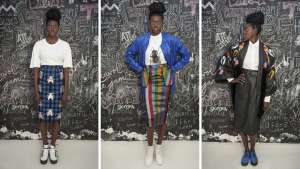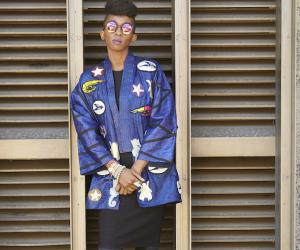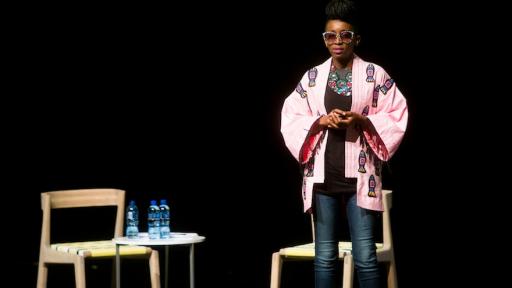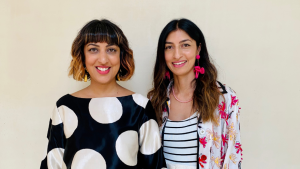Download options

“I love telling stories, I love expressing my inner truth and this is what I have been doing for a while now,” says fashion designer Selly Raby Kane. At Design Indaba Conference 2015, Kane shared her experience of being a fashion designer in Dakar, Senegal, highlighting the burgeoning creative energy in the city as being central to the work she is doing there.
After completing a degree in business and administration in France, Kane decided to return to Dakar where she founded her eponymous fashion label, Selly Raby Kane.
Watch the full conference talk.
“It was my first experience in the fashion world,” says Kane. It began from an “impulsion and [I] didn’t really know where it was coming from”.
While in Dakar exploring her newly found creative energy, Kane joined Les Petit Pierre and became a central figure in Dakar’s new wave of creative practitioners. Le Petit is a Dakar-based creative collective that “tries to bring change into Dakar through social responsibility and helping young underground artists to rise and express their own voice,” says Kane.
I realise that other people in the city wanted to express their art in a new way, in a different way but one that was rooted in Dakar’s tradition and in Dakar’s energy.”
A seminal moment for Selly Raby Kane came when her designs were featured in WAD Magazine and Vogue Italia. It was monumental for her as a designer, and as a Senegalese citizen, because it gave her work new affirmation: “It was interesting t o see that clothes made in a small atelier in Dakar could resonate with the world and with really serious magazines.”
Her collections are a fantastical confluence of art and fashion: Kane is inspired by a juxtaposition of things that have nothing to do with one another, the surreal and the absurd meet in the prospect of an alien invasion in the city of Dakar, or Madagascan baobab trees appear with hip hop artist Jay-Z’s head hanging as fruits.
“It was done in the spirit of liberating things, saying things and not being afraid of showing something fantastic in a city that is so caught in its reality.”









